Normal or a sign of serious problems? Causes of pressure drop in the heating system
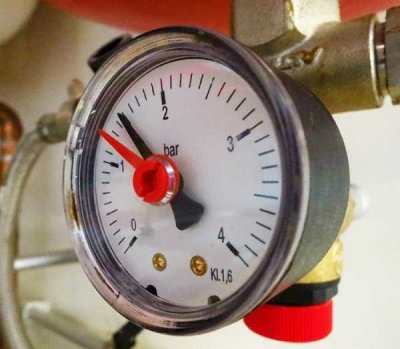
Most household heating systems depend on the pressure and temperature conditions of the coolant.
Heating works by forcing heated fluid through pipes and radiators, delivering heat throughout your home using the pressure difference in the system.
However, the difference may fail, which requires its adjustment in a smaller or larger direction. Such a procedure is necessary to restore operational efficiency and ensure safety during its operation.
Content
- Pressure drop standards in the heating system of a private and apartment building
- Calculation method
- Regulator for pressure regulation
- Causes of pressure drop and ways to eliminate them
- Why does pressure increase, troubleshooting methods
- What are the consequences of high and low levels?
- Useful video
- The Importance of Supporting the Differences
Pressure drop standards in the heating system of a private and apartment building
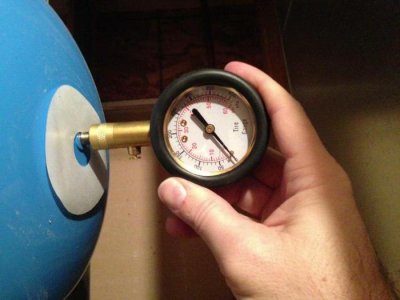
The drop standards are regulated by the rules GOST and SNiP. The provided calculations of the documentation ensure the full operation of the entire heating equipment system, including the following objects:
- one-story building - 0.1-0.15 MPa or 1-1.5 atmospheres;
- low-rise building (maximum three floors) — 0.2-0.4 MPa or 2-4 atm.;
- multi-apartment building with medium number of storeys (5-9 floors) — 0.5-0.7 MPa or 5-7 atm.;
- high-rise apartment buildings — up to 10 MPa or 10 atm.
The difference itself must be 0.2-0.25 MPa or 2-2.5 atmospheres.
Why does blood pressure jump and when there are no jumps?
Special the jump is needed so that the coolant does not stagnate in one place, but constantly circulated between the direct pipeline of the boiler (during supply) and the radiators of the house (during return flow). Due to the difference in 2.5 atmospheres, the coolant “runs” at a speed that stably maintains a comfortable temperature.
If the pressure is not enough, heating devices do not receive effective heat output from the liquid coolant and the room becomes cold.
Calculation method
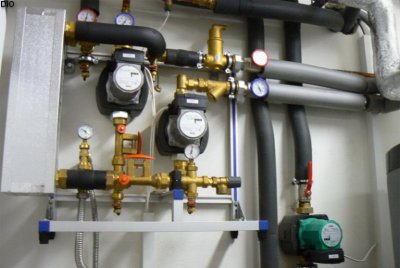
There are in the central heating system two types of pressure:
- crimping: temporary, with increased load, which is created for testing the system after repair and installation work or before the heating season;
- working: constant, in which the system must function perfectly throughout the entire heating period.
To correctly calculate the pressure drop, you need to take into account the difference between two points of the heating circuit: on the upper floor and the lower one. The final indicator when the pressure is functioning, it should not exceed 10%, and when pressure testing - 20%.
Typically, in a city multi-storey building, the working pressure is on the supply pipe - 6 atmospheres, and on the return path - 4-4.5 atm.
Reference. The pressure indicator is influenced by many factors, including clogging of internal circuit channels.
For private homes, the critical indicator is the boiler capacity, i.e. the pressure level that the unit can withstand. Usually, 2-3 atmospheres It's quite enough for a one-story house.
Regulator for pressure regulation
To ensure that all measures are taken to ensure the safe operation of the heating system, It is necessary to constantly monitor the temperature and pressure of the coolant.
The pressure is controlled using a Bourdon tube pressure gaugeThis device has an elastic measuring component, which, under the influence of a compressive load, is deformed in a certain way.
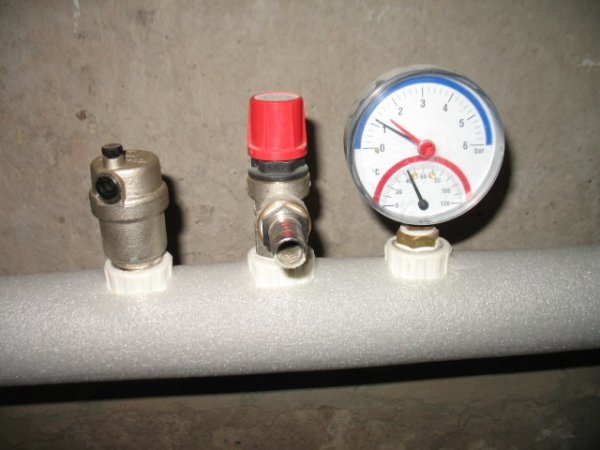
Photo 1. Manometer installed in the heating system. The device allows you to measure pressure readings.
Transformation of changes is displayed on the rotational movement of the arrow, showing the exact value on the dial in the usual indicators.
Important! After water hammer, pressure gauges need to be checked, because subsequent the readings may be overstated.
Pressure gauges are installed in the most critical areas of the system:
- at the inlet and outlet of the main line with the coolant (central heating);
- before and after the heating boiler (individual heating);
- before and after the circulation pump (forced circulation);
- near filters, corresponding regulators and valves.
How to adjust the indicators
There are several proven methods for this procedure:
- Correctness of design, including hydraulic calculations and installation of pipelines:
- the supply line must be on top and the return line must be on the bottom;
- risers need pipes 20-25 mm, and for bottlings - 50—80 mm;
- riser pipes are also used for connection to heating devices.
- Change in water temperature. When heated, the coolant expands, thereby increasing the pressure in the heating system. For example, at 20°C it can jump up 0.13 MPa, A at 70°C — on 0.19 MPa. Therefore, a decrease in temperature will lead to its corresponding regulation.
- Application of circulation pumps to provide heating to apartments upper floors in high-rise buildings.
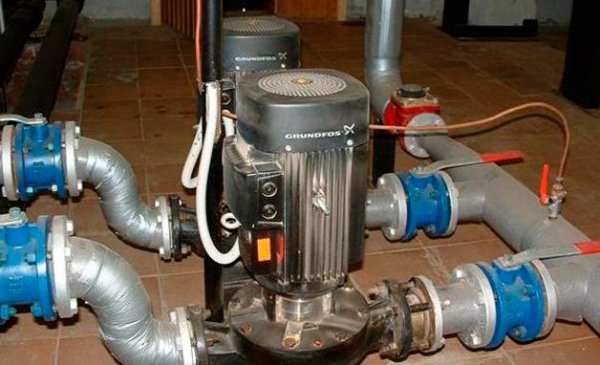
Photo 2. Circulation pumps installed in a multi-story building. The devices circulate the coolant through the heating system.
- Implementation of expansion tanks. With individual heating, the “excess” volume of heated coolant will go into the tank, and the cooled one will return to the system, maintaining pressure stability.
- Using special regulators. Such devices are capable of preventing air from entering the system during sudden pressure surges in the main lines. Installation is performed on the pump bypass line or on a jumper located between two pipelines - supply and return.
Causes of pressure drop and ways to eliminate them
The main reasons for pressure drop include the following:
- leakage coolant;
- reduction of radiator volume when eliminating the air masses contained in it;
- decrease device temperature due to damage to boiler equipment;
- malfunction pumping equipment (with forced circulation).
Leaks can be detected visually, carefully inspecting the pipes and radiators, and also turning off the pump. If the static (natural) pressure remains at the same level, then the cause will be in the pump equipment.
If the coolant temperature drops, the boiler must be checked., and if the volume decreases due to air, simply restore it.
Why does pressure increase, troubleshooting methods

The pressure in the heating system rises due to the following reasons:
- air lock in the system;
- excessive clogging of filters;
- malfunction of the corresponding regulator or its incorrect setting;
- increase in the volume of coolant due to incorrect functioning of the control automation.
First you need to clean the filters and remove air locks in the system. After check the operation of the automation, by turning off the feed. Then test the regulator, adjusting its settings.
What are the consequences of high and low levels?
The consequences of incorrect pressure can vary from sudden change in temperature indoors (too cold or too hot) to lack of water on the top floors.
Attention! Old boilers without a temperature control system may explode!
What needs to be done to maintain the required pressure differential? Simple recommendations outlined below, will help to keep the pressure constantly at normal levels:
- Compliance with standards when designing and assembling a heating system.
- Taking into account changes in pressure due to instability of the coolant temperature.
- Use of circulation pumps where static pressure does not provide the required pressure drop.
Useful video
Watch a video that discusses the most common causes of pressure changes in a heating system.
The Importance of Supporting the Differences
The pressure drop in the heating system is one of its main components, without which there can be no talk of normal functioning. Therefore, preventing breakdowns with timely monitoring will ensure comfort and trouble-free operation for many years.





